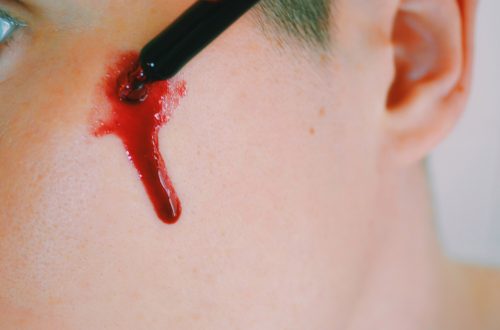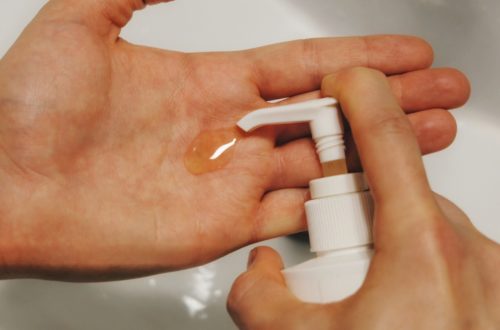
Acne Scarring: Setting the Record Straight
The impact of acne goes far beyond the skin. While we know that active acne can cause not only physical symptoms, but serious damage to one’s self-image and social functioning, the effects of this condition can last for years – even after one has achieved “clear skin.” Many people who have suffered with acne are left with resultant scarring – a constant reminder of what once was. After clearing their acne, many are bombarded with a whole host of products that claim to improve acne scarring, from moisturizers to exfoliants, but it’s not quite that simple.
Let’s set the record straight on acne scarring.
What are acne scars?
Acne scars arise from alterations in collagen deposition in the dermis following an acne lesion. Most acne scarring is depressed or atrophic, meaning that the base of the scar sits lower than the surface of the surrounding skin. Acne scars are typically classified as “icepick,” “boxcar” or “rolling” based on their size. Regardless of what they look like, acne scars can have a huge impact on one’s self-image and quality of life long after their acne is gone. Contrary to popular belief, the dark spots left over after pimples are not scarring, but a phenomenon called post-inflammatory hyperpigmentation (or PIH). More on PIH in a later post.
How do they happen?
All acne has an inflammatory component and this inflammation sets off a cascade of different responses that can damage the surrounding skin. One of these responses is the production of enzymes called matrix metalloproteinases (MMPs). Unchecked, these MMPs can wreak havoc on the skin, degrading collagen and other components of the extracellular matrix that make up the dermis. With all these materials degraded, a depression is created in the skin. Additionally, sometimes fibrous bands are formed which essentially anchor down that area of skin.
How can I prevent my acne from scarring?
The most important thing you can do is treat your acne. The development of new pimples will raise your risk of scars, plain and simple. Furthermore, research has shown that even topical acne treatments will prevent atrophic scarring. Lastly, since we know that scarring is caused by intense and prolonged inflammation, try to limit inflammatory stimuli to your skin. This means limiting harsh scrubs, wash cloths, cleansing brushes and most definitely NO PICKING!
Can skincare help?
Unfortunately, there is not a wealth of data to support skincare or cosmeceuticals as effective treatments for true atrophic acne scarring. The best evidence we have is for the topical retinoid adapalene. In a small study of 20 subjects, 80% had improvement in their acne scarring after using a skincare regimen including adapalene 0.3% gel for 24 weeks. Biopsies of the skin of these patients also showed new collagen deposition. Please note that this study was funded but the manufacture of prescription adapalene. Adapalene 0.1% gel is now available over the counter, and I routinely recommend it to my patients for acne and acne scarring. Aside from this, there is no robust data supporting the use of cosmeceuticals or other topicals for acne scarring.
What about procedures?
When it comes to cosmetic procedures for acne scarring, there are a whole host of options. Here are some of the highlights:
- Both ablative and nonablative lasers have been found effective in treating acne scarring. The idea here is that introducing injury into the dermis promotes new collagen formation. The addition of fractionated technology where only a controlled percentage of the skin is injured means that down time after these procedures can be relatively easy. In-office microneedling may also provide a similar benefit.
- Cosmetic fillers can be used both to fill in atrophic skin and to stimulate collagen production for a more permanent effect. Hylauronic acid fillers and others are widely used to treat acne scars.
- Small surgical procedures such as subcision where a needle is swept under the skin to break up fibrous bands may be helpful.
- In general, chemical peels are not my favorite option for acne scarring as the depth needed to see an actual result would require extended down time and is not safe for skin off color. The exception to this is the TCA CROSS procedure where a high dose of acid is placed directly into an icepick scar.
The most important step to treating acne or acne scarring is consultation with a board-certified dermatologist who can put together a personalized plan to help you achieve healty clear skin!
A very special thanks to Dr. Laureano, Trent, Rangith and everyone else who shared the above photos and their stories with me for this important post!





2 Comments
Pingback:
Pingback: